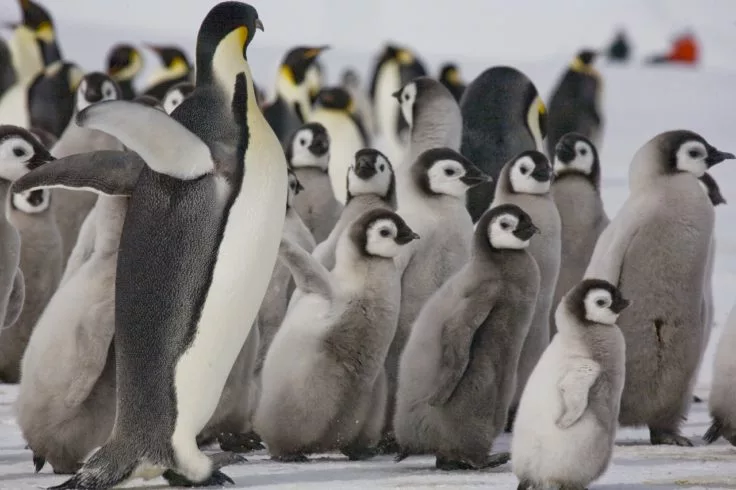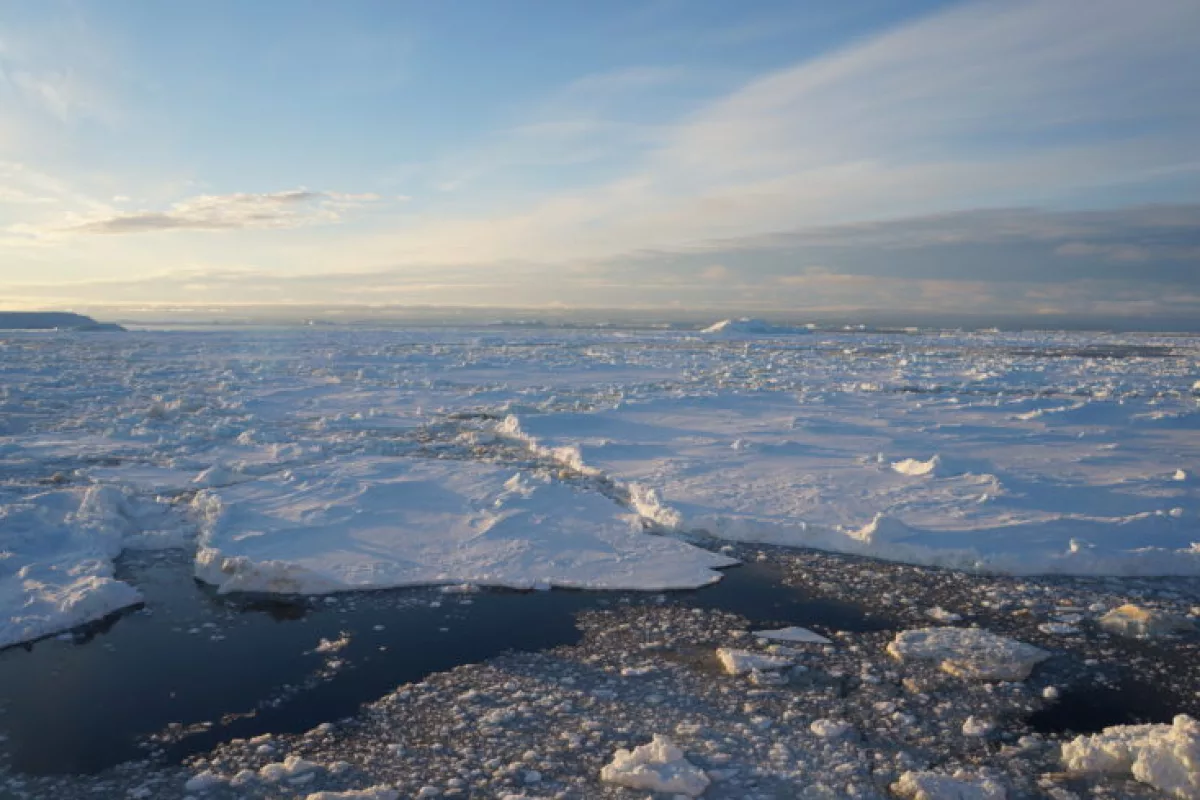An international team of scientists has found that the summer sea ice in the Weddell Sea off the coast of Antarctica is diminishing at a dramatic rate. Since 2015, the ice cover has decreased by one million km² (386,000 mi²) and could pose a problem for local marine life.
Antarctica is famous as an icebound continent covered with glaciers that are miles deep in some places. However, especially at sea, this ice is far from static. It flows, breaks up, shrinks, and grows with the seasons in a very complex way that involves much more than snowfalls or changes in temperature.
One case in point is the Weddell Sea, where researchers from the British Antarctic Survey (BAS), the Indian National Centre for Polar and Ocean Research, Nanjing University, and Victoria University of Wellington, New Zealand, have been studying satellite records of sea ice extent and weather analyses going back to the late 1970s in an effort to understand why the summer sea ice has decreased by a third in five years.
They found that the Weddell Sea was subjected to a number of severe summer storms in 2016 and 2017. When such storms occur in both the Arctic and the Antarctic, they can break up pack ice and drive the resulting floes, causing them to melt faster. However, the team also found that an area of open water, or a polynya, appeared – something that hasn't occurred in almost 50 years.

"Antarctic sea ice continues to surprise us," says Professor John Turner, a climate scientist at the British Antarctic Survey. "In contrast to the Arctic, sea ice around the Antarctic had been increasing in extent since the 1970s, but then rapidly decreased to record low levels, with the greatest decline in the Weddell Sea. In summer, this area now has a third less sea ice, which will have implications for ocean circulation and the marine wildlife of the region that depend on it for their survival."
According to the team, the winter sea ice doubles the size of Antarctica, covering a sea area of 18 million km² (6.9 million mi²) by late September. Most of this melts in the austral summer, except for the Weddell Sea, much of which remains frozen over. This changed in December 2016 when intense storms drew in warm air, contributing to the meltdown. The open water then absorbed sunlight, warming it and prolonging the effect, including the maintenance of a polynya formed by the strong winds.
The concern is that this loss of sea ice will have a major impact on the Weddell Sea ecosystem. Many of the plants and animals are adapted to live in the presence of sea ice, and the loss could affect the entire food chain, from plankton and krill up to seals, penguins, and whales. This could also be a long-term problem because it's still unknown whether this loss will reverse, as has happened in the past, or is the start of a long-term decline.
"The dramatic decline in sea ice observed in the Weddell Sea is likely to have significant impacts on the way the entire marine ecosystem functions," says Professor Eugene Murphy, ecologist from the British Antarctic Survey. "Understanding these wider consequences is of paramount importance, especially if the decline in ice extent continues."
The findings are published in Geophysical Research Letters.
Source: BSA





